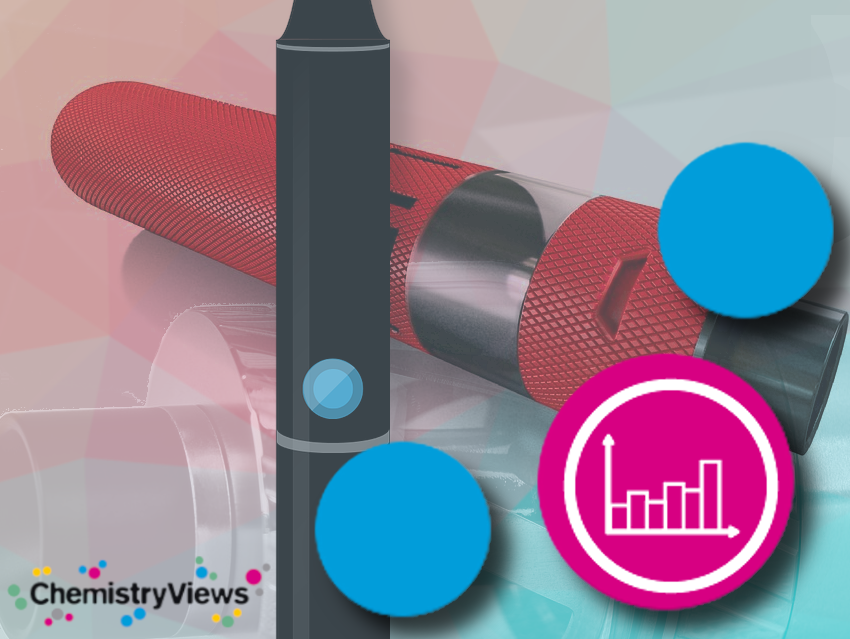Vaping refers to the inhalation and exhalation of vapor produced by an electronic device. This Clever Picture looks at what a vape (or pen or e-cigarette) looks like and which chemicals are involved.
The First Vapes
The concept of an electronic cigarette dates back to the 1930s, and as early as 1965, American Herbert A. Gilbert was granted a patent for a tobacco-free electronic cigarette [1]. However, his invention was never produced.
The first commercially successful electronic cigarette was invented by the Chinese pharmacist Hon Lik. His device vaporized a liquid solution containing nicotine, and he filed patents in China, the United States, and the European Union, based on his 2003 priority application in China [2]. The first electronic cigarette, called “Ruyan” (meaning “similar to smoking”), was manufactured in 2004 in Shenyang, China.
Since then, e-cigarettes and vaping products have evolved significantly and today there is a range of different versions to buy.
The Diversity of Vaporizers
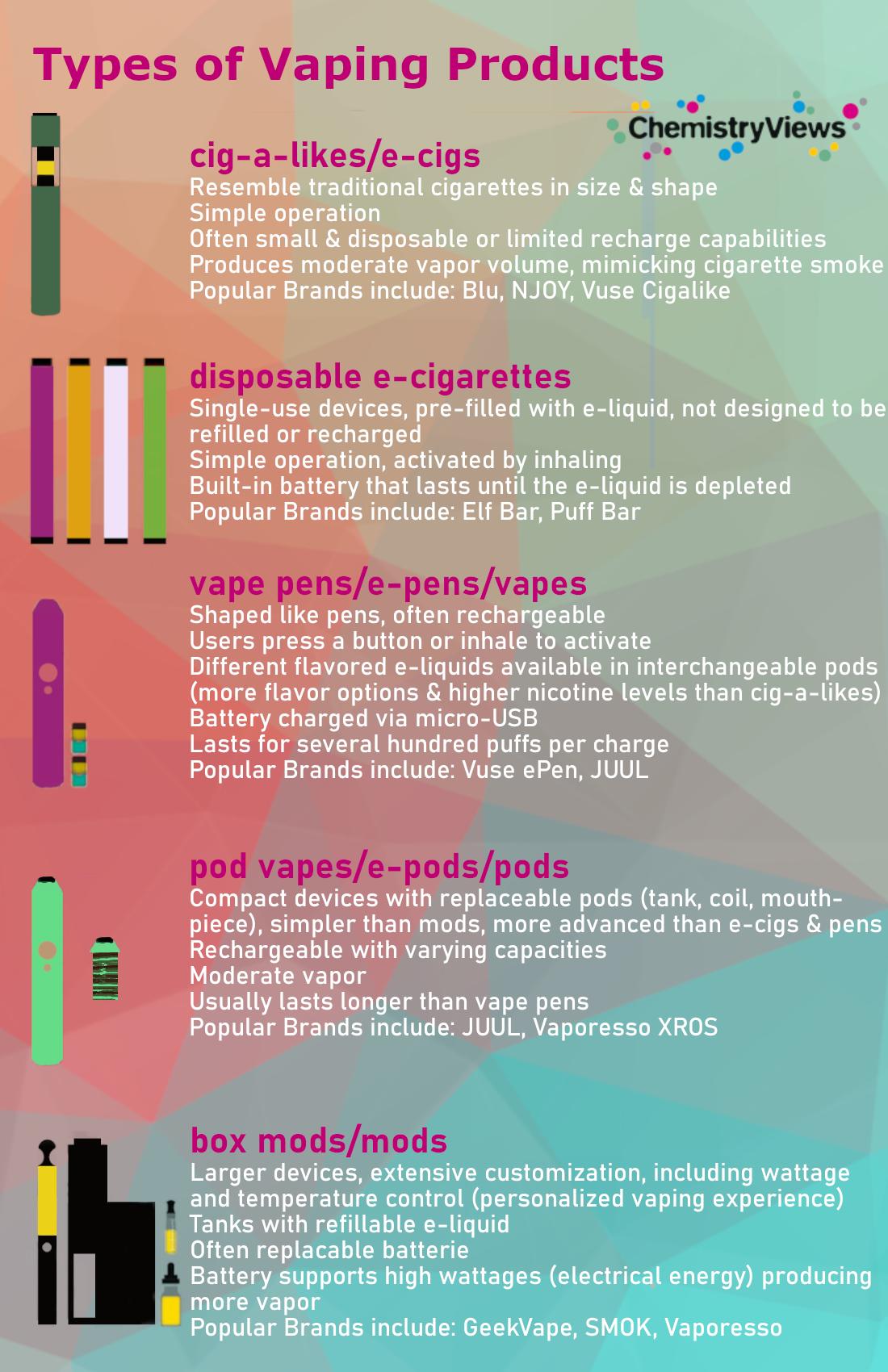
There are two main inhalation techniques in vaping: mouth-to-lung (MTL) and direct lung (DL). In MTL, users first draw vapor into their mouths before inhaling it into their lungs, similar to smoking a traditional cigarette. In contrast, DL involves users inhaling vapor directly into their lungs in one step.
MTL requires devices that provide tighter airflow, while DL devices typically allow for more vapor production due to higher wattage and open airflow. This enables DL devices (such as mods) to vaporize larger amounts of e-liquid, creating bigger clouds of vapor and allowing deeper, direct intake of vapor into the lungs.
Vapes come in many shapes and sizes, but they share the same basic components.
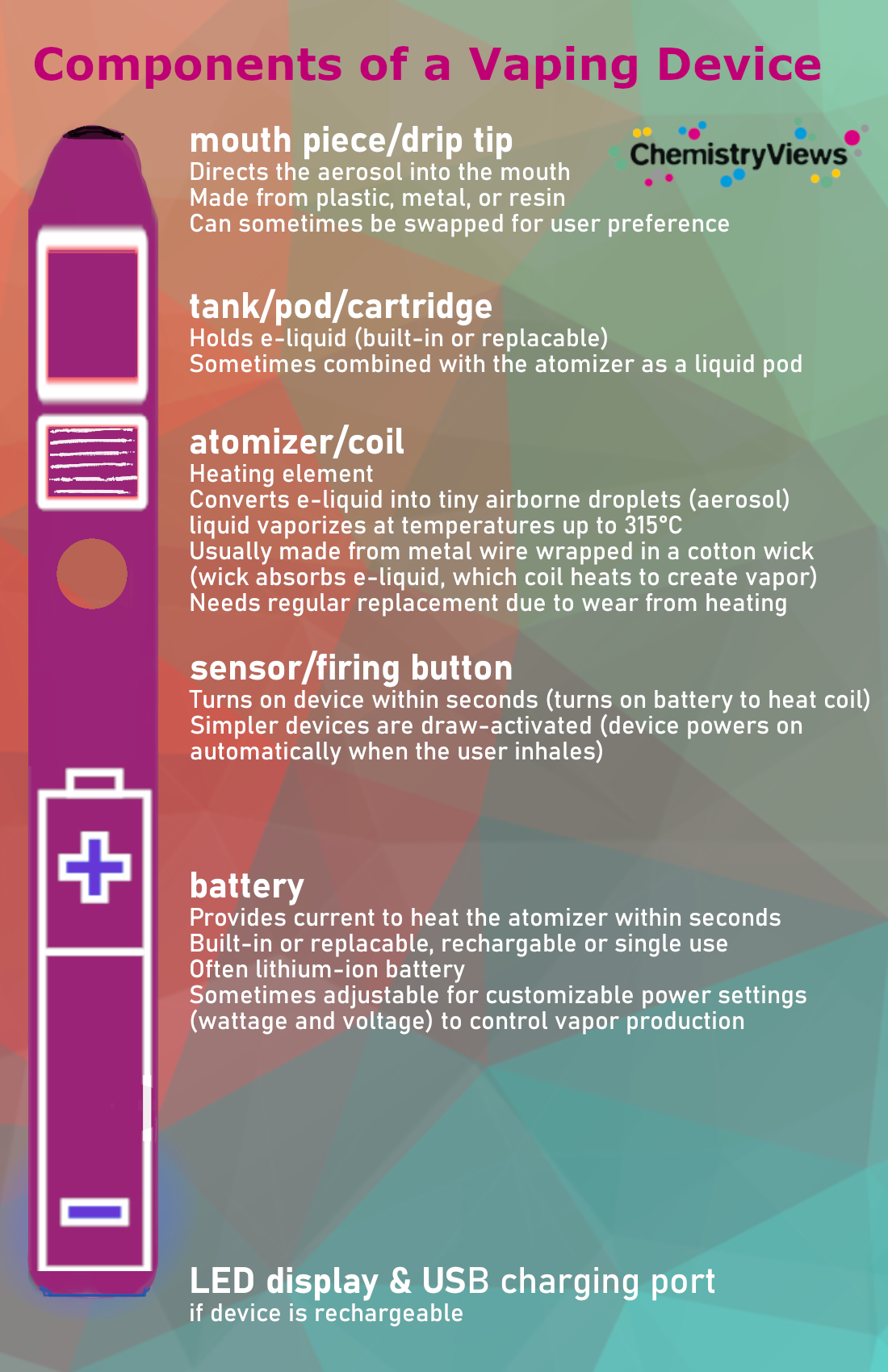
The Composition of E-Liquids
E-liquids in vaping products generally consist of four primary ingredients: propylene glycol, vegetable glycerin, nicotine, and flavoring substances.
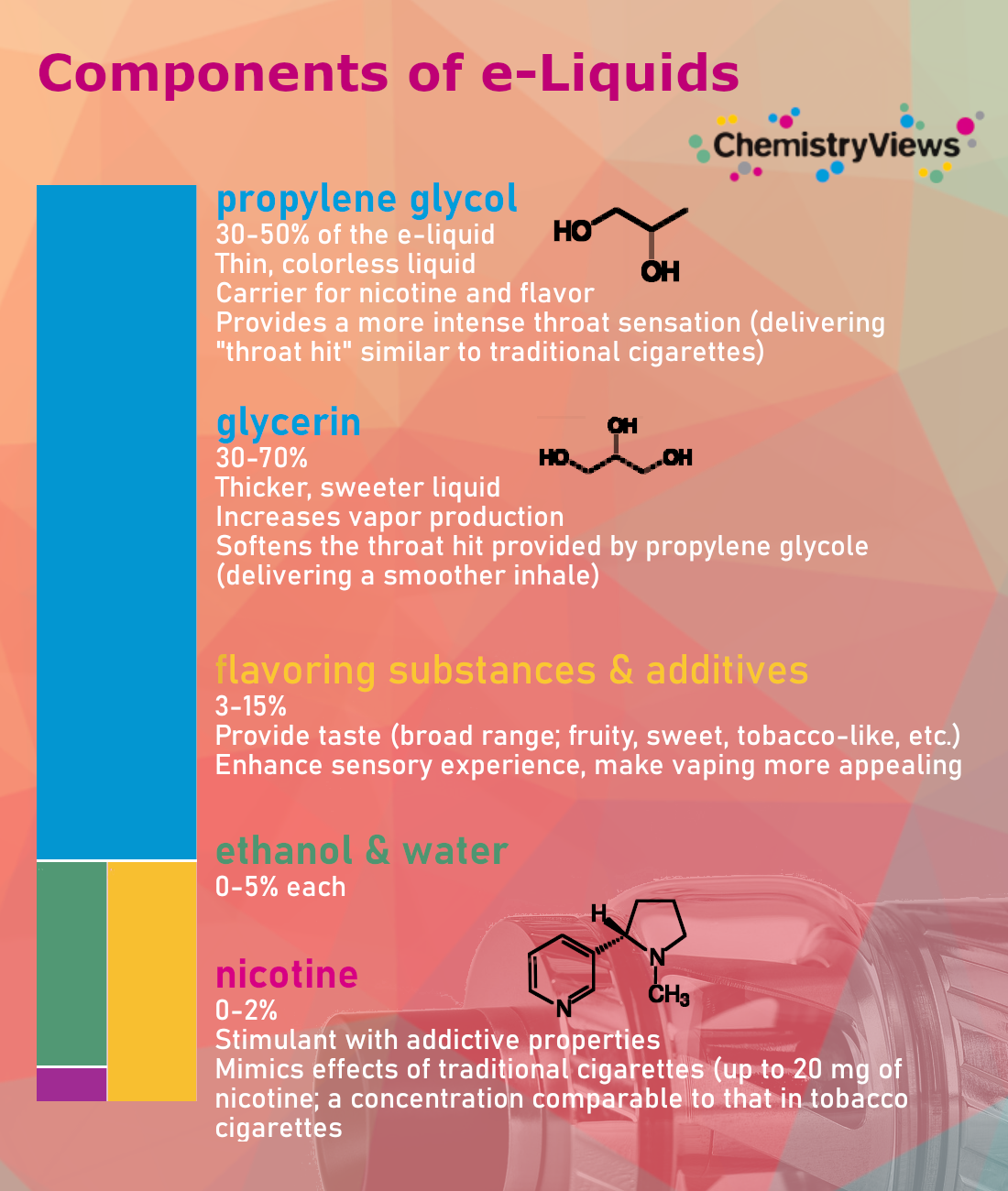
The Composition of the Vapor
The vapor looks like water vapor, but it is actually an aerosol containing ultrafine particles. These can be inhaled into the lungs during vaping, through secondhand vapor in the air, and to a lesser extent through exposure from surfaces such as clothing and furniture (thirdhand smoke). Because of the flavors, this may seem less harmful than smoke from traditional cigarettes.
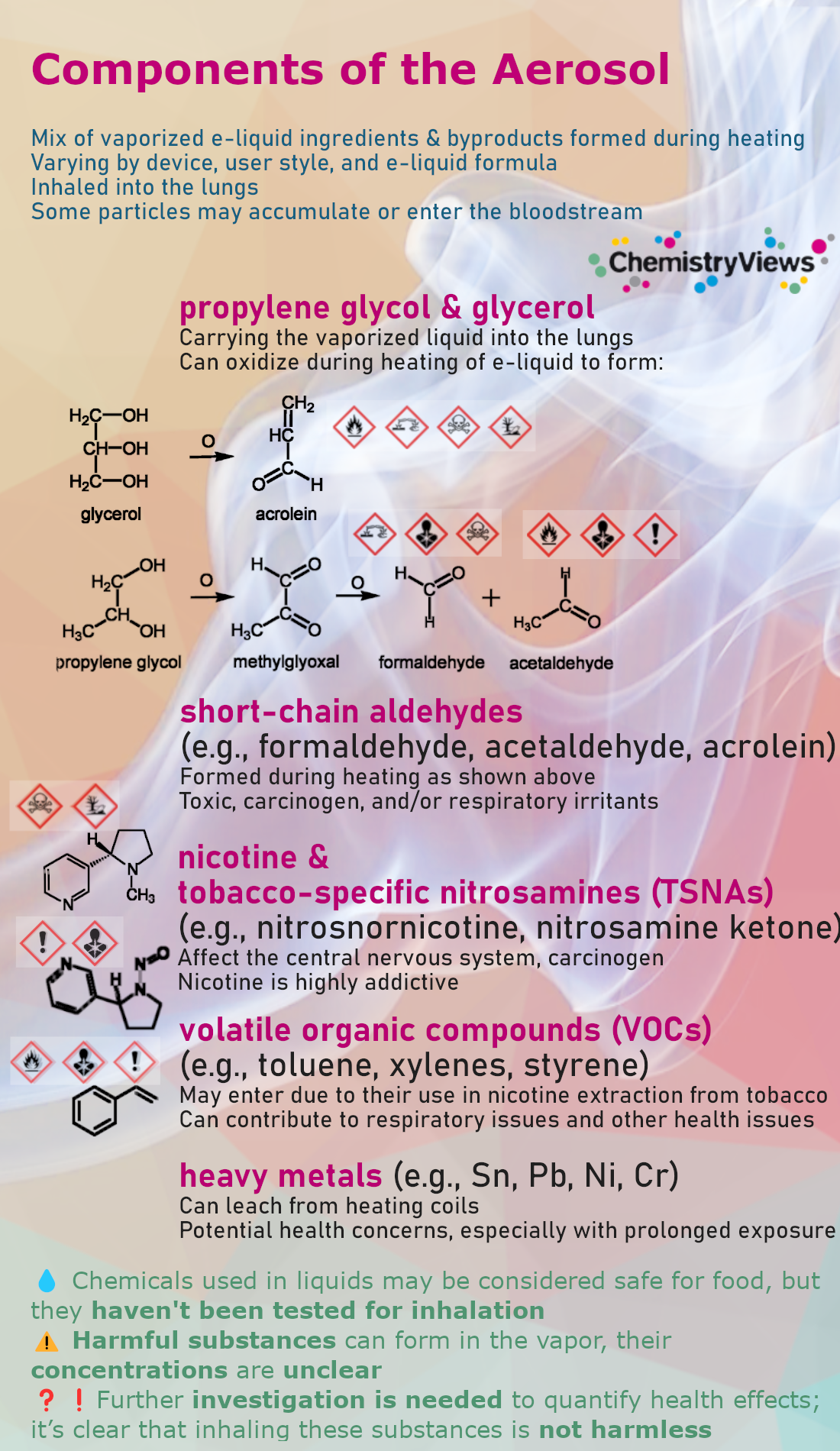
Understanding the health impacts of chemical reactions in e-cigarettes is complicated due to the variability in devices (e.g., voltage), e-liquids (e.g., quality, content), and user behaviors (e.g., puff duration), all of which can affect emissions. Additionally, the wide range of available and evolving products creates further challenges.
However, although many questions remain, e-cigarettes are not without health risks. When nicotine is present, e-cigarettes can be as addictive as traditional cigarettes, and their often sweet flavors appeal especially to younger users who would otherwise maybe not smoke.
Most harmful substances in traditional tobacco smoke are produced during burning, including cyanide, arsenic, and CO. While e-cigarettes do not contain tobacco, they release other harmful substances as described above [3]. In which concentrations is unclear and long-term health studies are lacking. Therefore, to be on the safe side, not smoking at all remains the healthiest choice.
Another unsolved issue is that many vapes are single-use devices. After approximately 600 puffs—the equivalent of a pack of cigarettes—they become electronic waste, posing an environmental challenge, along with concerns over the disposal of lithium batteries and plastic components. Traditional cigarettes contribute to waste from discarded butts, which include filters made of plastic fibers (cellulose acetate) and contain substances such as arsenic, lead, nicotine. … so plenty of tasks for chemists to tackle.
References
[1] Herbert A Gilbert, Smokeless Non-Tobacco Cigarette, United States Patent No. US3200819A, 17 August 1965.
[2] Lik Hon, United States Patent No. US20060196518A1, 2004.
U.S. Patent 8393331 B2 Electronic Atomization Cigarette, 2013.
[3] Substance Infocards, Euroean Chemicals Agency (ECHA), Helsinki, Finland: acrolein, formaldehyde, acetaldehyde, nicotine, styrene (accessed November 4, 2024)
Sources
- Akihiro Kishimoto, Dan Wu, Donal F. O’Shea, Forecasting vaping health risks through neural network model prediction of flavour pyrolysis reactions, Sci. Rep. 2024, 14, 9591.
- E-Cigarette Use Among Youth and Young Adults: A Report of the Surgeon General, U.S. Department of Health and Human Services, Rockville, MD, USA, 2016. https://www.ncbi.nlm.nih.gov/books/NBK538684/ (accessed November 4, 2024)
Also of Interest
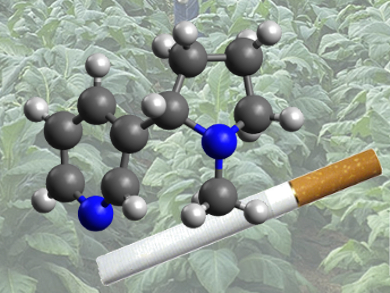
Looking at the history of tobacco consumption – from chewing and snuffing to smoking
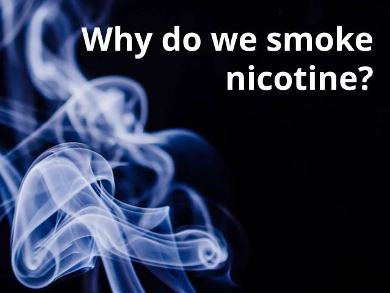
It is commonly known that we inhale the smoke of a cigarette. Find out why we do so

Why do we smoke nicotine and do not inject it? How does an e-cigarette work?

It is unclear whether public health can actually benefit from new tobacco products

The short video explains how a flame is created in a lighter
